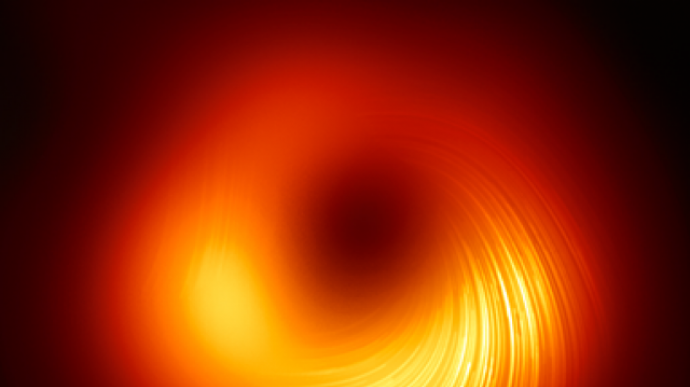Professor Janine Wichmann is an environmental epidemiologist and Head of the Environmental and Occupational Sciences Division, School of Health Systems and Public Health, at the University of Pretoria.
“My research interest is investigating human health effects due to air pollution and climate change indicators, and I am the local principal investigator of the epidemiology research for the global Multi-Angle Imager for Aerosols (MAIA) project of the National Aeronautics and Space Administration (NASA),” said Prof Wichmann.
“The MAIA project represents the first time NASA has partnered with epidemiologists and health organisations to use space-based data to study human health and improve lives. Numerous study sites around the world are included, but only South Africa, Ghana, Kenya and Ethiopia in Africa,” she said.
According to Prof Wichmann, “The MAIA satellite is due to be launched by NASA in 2022 and the main aim of the global project is to see what the human health effects are of fine particulate matter of a diameter of 2.5mm, known as PM2.5, and its chemical composition.
“The satellite will orbit Earth for two years until 2024 and along with local MSc or PhD students I’ll see if there’s a link between the levels of the PM2.5 chemical species and various types of deaths or hospital admissions, such as those associated with respiratory disease, in the Johannesburg/Pretoria area between 2022 and 2024,” said Prof Wichmann. “Various local researchers based at the Council for Scientific and Industrial Research, the University of Johannesburg, North-West University, the South African Earth Observation Network, the University of the Witwatersrand and the South African Weather Service will be involved in the local air pollution exposure assessment and modelling part of the project.”
The MAIA project was announced by NASA in 2016 as part of its Earth Venture programme. The project was envisioned because, generally, measuring the air quality in specific places has been done by having expensive equipment in a fixed place which measured air particles in the locality. However, these monitoring networks are few and far between, especially in densely populated and highly polluted areas.
Prof Wichmann explains that, “Particulate matter in the air includes many chemical species that may be toxic and the degree to which they contribute to human health effects, such as respiratory disease, also varies. This requires us to know what specific air pollutants, combination of pollutants, sources of pollutants, and characteristics of pollutants are most responsible for our ill health such as adverse birth conditions, cardiovascular and respiratory disease, and premature death.
“Studies have shown that maternal exposure to severe air pollution is associated with adverse birth outcomes, such as restricted intrauterine growth, preterm delivery, and low birthweight; short-term exposure on a daily to monthly basis is associated with respiratory illness, such as asthma and premature death; and chronic exposure over many years is associated with cardiovascular and respiratory disease,” said Prof Wichmann.
According to NASA, the MAIA satellite will generate comprehensive information on particle size distribution, shape, and light-scattering and absorption for a set of globally distributed target areas. MAIA’s novelty is to include all of these capabilities at moderately high spatial resolution. The MAIA cameras will be mounted on a 2-axis gimbal that provides multiple-angle views.
“By understanding what’s in the air we breathe, and just how toxic it may be, we can make decisions for establishing global standards for our air quality and for discovering strategies to control air pollution in a targeted approach,” says Prof Wichmann.
In 1999, NASA’s Terra satellite showed a possible solution for providing global estimates of PM2.5 exposure levels by measuring aerosol optical depth (a measure of particle light extinction in the atmosphere). Now, satellite-based methods have been developed to estimate ground-level PM2.5 levels to support local monitoring and help fill the gaps in data for a better understanding of the link between air pollution and respiratory and other diseases. MAIA’s algorithm will be able to work out the total particles present in the air, including chemical composition such as sulphate, nitrate, organic carbon and black carbon.
May 14, 2021
 Stories
Stories
The story centres on the coloured community in Elandskloof, in the picturesque Cederberg region of the Western Cape. The community was forcibly and violently removed from this area in 1962 when, as a result of the Group Areas Act of 1950,
 Video
Video
vdgeggfsds
 Story
Story
Chaos, a 16-year old lion from the Lory Park Zoo, yesterday underwent his second round of radiation for skin cancer at the Mediclinic Muelmed in Pretoria following the discovery of the condition by veterinarians in the Faculty of Veterinary Science at UP.
Copyright © University of Pretoria 2024. All rights reserved.
Get Social With Us
Download the UP Mobile App